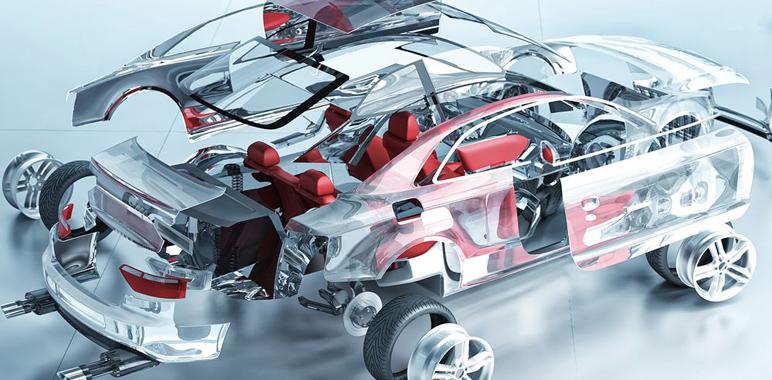Vehicles homologation: technical regulation or economic tool?
Broadly speaking, the stages by which a manufacturer goes through in order to be able to commercialize a vehicle are: strategic planning, conceptual vehicle design, vehicle pre-development, engineering, production planning, construction of the first prototypes, prototype validation (internal tests as per the manufacturer’s internal requirements), construction of pre-series vehicles, homologation, manufacture of vehicles at the assembly line and, finally, distribution and sale of the vehicle in the different markets.
Before any vehicle can be put into circulation in a public road, of any type (truck, bus, trailer, motorcycle, passenger car, armored vehicle, crane, etc.), it must be homologated. This long and painful process is what will be described below.
The homologation is the validation process by the Homologation Authority (Transport or Industry Ministry, depending on the country) of the Technical Reports issued by the Accredited Technical Services (IDIADA, TÜV, UTAC, ...). These Technical Reports are based on the tests and the analysis of the Technical Documentation prepared by the Vehicle Manufacturer.
The approval process varies depending on the territory where the vehicle must be registered. For example, in the European Community the vehicle approval process is described by the Directive of the European Parliament 2007/46/EC from September 5th, 2007; where all the requirements that have to do with the active and passive security and the emissions of the vehicle are indicated.
Meanwhile, In the United States, only emissions must be approved as described by the federal authority EPA (Environmental Protection Agency); unlike active and passive safety, since it remains under the responsibility of the manufacturer of the vehicle that must self-certify, following the relevant regulations issued by the federal authority, NHTSA (National Highway Traffic Safety Administration). In other words, the manufacturer makes the relevant tests and collects the documentation that must be presented to the authority in case it is necessary.
The Gulf Countries (Bahrain, Kuwait, Oman, Qatar, Saudi Arabia, and UAE) also have a unified system similar to the European one. The approval procedure is described by the Gulf Cooperation Council (GCC).
Countries like China, Taiwan, Japan, Canada, South Africa, Russia and Brazil among others, have their own homologation systems. All of them different.
A short historical review will take us to the 70’s and back to Europe, when it was decided to create a common legal framework to facilitate the circulation of passenger cars. This European legislation allowed any passenger vehicle homologated in one country of the European Economic Community (EEC) could be registered in any country of the EEC itself without the need for national homologation procedures.
This legal framework was obviously created for economic reasons; this way, passenger vehicle manufacturers only had to go through a single type-approval process, generally in their own country of origin, and the commercialization of its vehicles could be extended throughout Europe. This allowed to reduce costs and speed up the commercialization of vehicles. It is worth saying that this legal framework only applied to passenger cars; on the other hand, trucks, buses and other vehicles had to wait until 2007 to have a harmonized legal framework throughout the EEC.
In other words, the economic need of some European car-manufacturer countries created the will to "eliminate borders", widely used term nowadays, and set up the machinery of the European institutions. Since then, each sovereign country, had its own national laws allowing to put into circulation the vehicles within its borders. This makes the commercialization of the vehicle more difficult and expensive and not always aiming primarily for road safety.
- Log in to post comments

